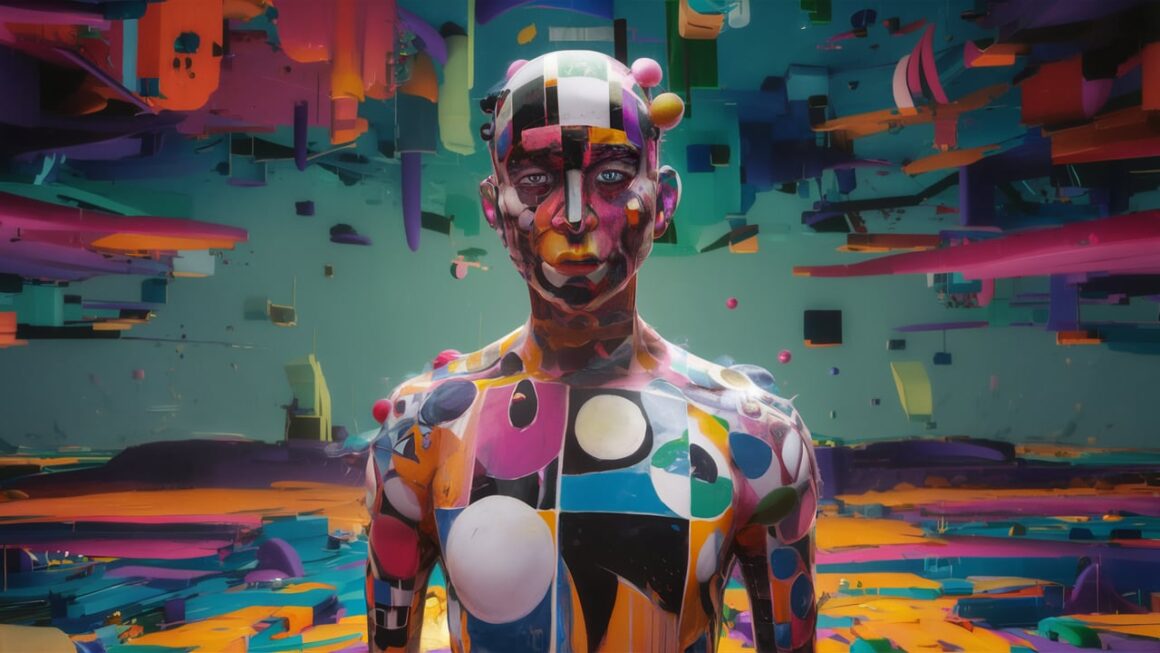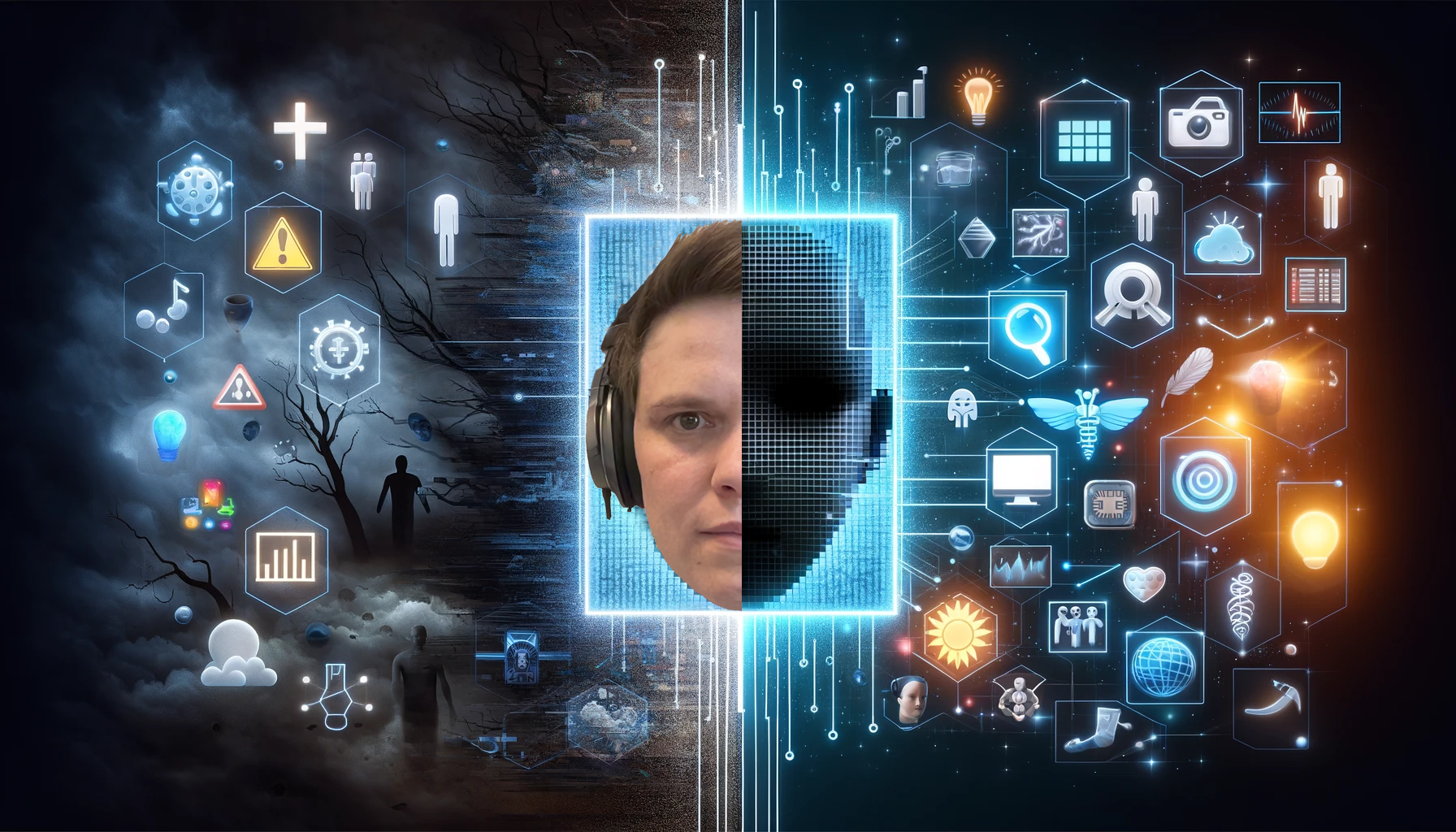In today’s digital age, the rise of deepfake technology and AI-generated faces has sparked both fascination and concern. These innovative advancements in artificial intelligence have revolutionized the way we create and manipulate visual content, blurring the lines between reality and fiction.
With deepfake technology becoming increasingly sophisticated, it is more important than ever to understand the implications and potential risks associated with the use of AI-generated faces. In this article, we will explore three key insights into the world of deepfake technology and its impact on society.
1. Understanding the Implications of Deepfake Technology

As technology advances, the implications of deepfake technology become increasingly important to understand. Deepfake technology has the ability to create highly realistic fake videos and images, often indistinguishable from real footage.
This raises serious concerns about the potential for misinformation and deception in various aspects of society, from politics to entertainment. It is crucial to recognize the power of deepfake technology and the potential impact it can have on individuals and society as a whole.
By gaining a better understanding of this technology, we can work towards developing strategies to address its potential negative consequences and protect against its misuse.
2. Examining the Rise of AI-Generated Faces in Media and Advertising

As artificial intelligence technology continues to advance, the use of AI-generated faces in media and advertising is becoming more prevalent. These hyper-realistic faces are created using complex algorithms that can seamlessly blend different facial features to produce a completely original image.
The rise of these AI-generated faces has raised concerns about the potential for deepfake technology to be used for malicious purposes, such as creating convincing fake videos or photos for propaganda or misinformation campaigns. Despite these concerns, the use of AI-generated faces in media and advertising is likely to only increase in the future as the technology becomes more sophisticated and accessible.
3. Exploring the Ethics and Regulation of Deepfake Technology

In the ever-evolving landscape of artificial intelligence, the ethics and regulation of deepfake technology have become increasingly significant concerns. As the capabilities of AI-generated faces continue to advance at a rapid pace, questions surrounding the potential misuse and manipulation of this technology have emerged.
From the spread of false information to the violation of privacy rights, the ethical implications of deepfake technology are vast and multifaceted. In order to address these challenges, it is imperative for both policymakers and tech innovators to collaborate in establishing robust regulations and guidelines that can safeguard against the harmful effects of deepfake technology.
By delving into the complexities of these ethical dilemmas and exploring potential solutions, we can strive towards a more responsible and transparent use of AI-generated faces in our increasingly digital world.
Conclusion
In conclusion, the development and advancement of deepfake technology and AI-generated faces have provided us with valuable insights into the potential of artificial intelligence to replicate and manipulate realistic human features. These technologies have the ability to create incredibly lifelike and convincing images and videos that challenge our perception of reality.
However, it is important to remain cautious and vigilant in the face of this new wave of technology, as seen in platforms like this person does not exist, which highlight the potential dangers and ethical implications that may arise from the misuse of such tools. As we continue to explore and harness the power of deepfake technology, it is essential that we prioritize safeguards and regulations to protect against misuse and ensure the responsible use of AI-generated content.


